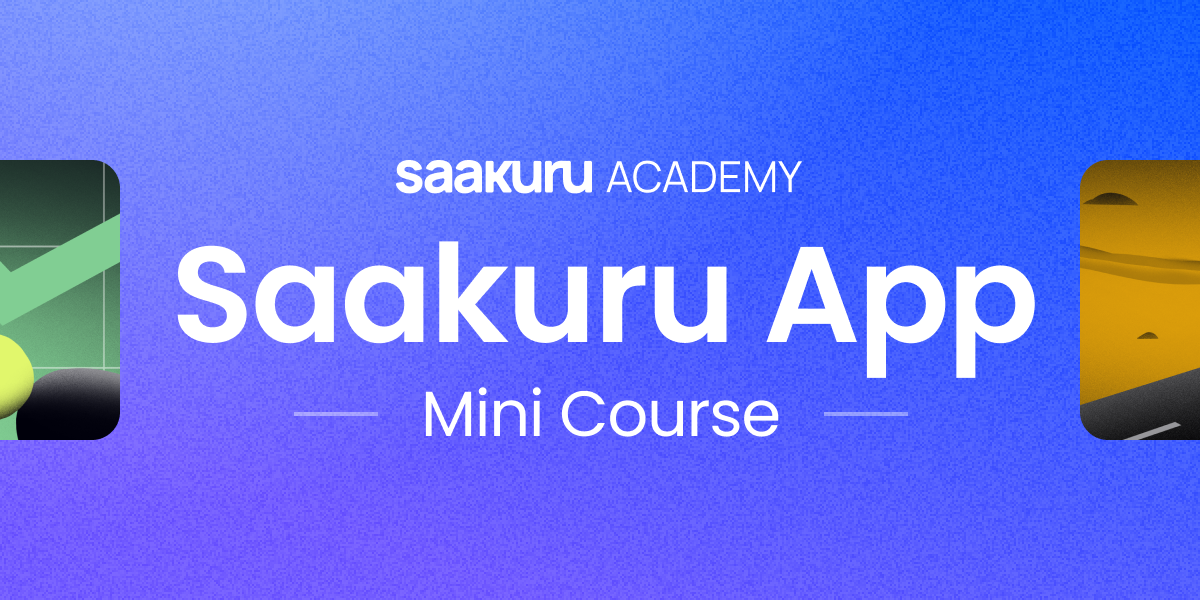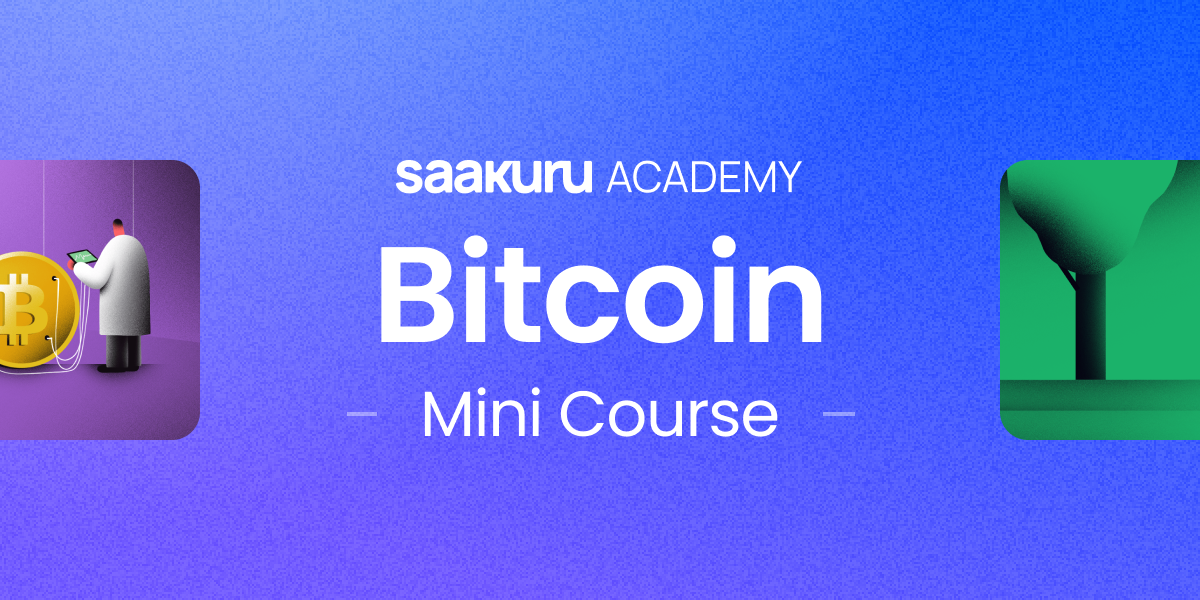
Everything you need to know about DApps
The article on Saakuru Academy explains decentralized applications (DApps), highlighting:
- DApps as applications running on a peer-to-peer network like the blockchain.
- The open-source nature of DApps and their operation via smart contracts.
- Various DApp categories including DeFi, GameFi, and NFTs.
- The advantages of DApps, such as no central authority, openness, integration with cryptocurrency, reliability, and security.
- Challenges of DApps, including potential congestion and lack of customer support.
One of the most common terms you will come across in the cryptocurrency industry is “DApps,” “dApps,” or “Dapps.” Everyone seems to format the abbreviation a little differently, but they all refer to the same thing: decentralized applications. They’re an important part of the blockchain world, and without them, cryptocurrency just wouldn’t be the same.
DApps make cryptocurrency infinitely more useful than it would be without them. They connect directly to your digital wallet, allowing you to put your cryptocurrency tokens to use. You can not only trade and convert tokens with DApps, but also use them to buy goods and services.
So, what exactly are DApps, and what do you need to know about them?
What are DApps?
Decentralized applications or DApps are, for the most part, just like any other application, except they run on a peer-to-peer network, like the blockchain. They’re typically open source and they operate using smart contracts, which means anyone can examine their code to find out exactly how they operate. And that’s just one of their many big advantages.
There are a wide range of DApps available today, and they can typically be separated into multiple categories, such as DeFi, GameFi, NFTs, and more. Cryptocurrency exchanges like PancakeSwap fall into the DeFi category, while titles like Alien Worlds and Splinterlands fall into GameFi. Platforms like OpenSea obviously come under the NFTs umbrella.
It should be noted, however, that not all these DApps follow the same set of rules. While applications like PancakeSwap are truly decentralized, others, like OpenSea, are controlled by centralized organizations, even though they’re powered by the blockchain.
How do DApps work?
We’ve covered the basics of how DApps work, but for those who like to get into the details, let’s take a closer look at what makes them different to a traditional application. Firstly, there’s the code they run on, which is baked into smart contracts that run on a decentralized network. Smart contracts are essentially a set of rules that determine how an application functions.
Those rules are visible to everyone since anyone can look up a smart contract on a decentralized network, which means DApps are completely transparent. There can be no nasty surprises or malicious code lurking beneath the surface. It is clear to everyone what the smart contract will do, depending on how it is used.
So, by looking at a smart contract’s code, you can tell exactly what kind of output you can expect, depending on the input. What’s more, smart contracts are entirely automated once they’re up and running. They require no human interaction to carry out their function, and no one can tamper with them to change their outcomes.
DApps also use the blockchain for data storage, and once they are deployed, their original code cannot be changed. This prevents ill-intentioned developers from implementing potentially dangerous functions later, once their DApp is in use.
What are the advantages of a DApp?
In addition to being open source and transparent, there are lots of other advantages to decentralized applications, including:
No central authority
The decentralized nature of DApps means that once they’re deployed, they are no longer owned or controlled by a single entity or team. No matter what happens to the DApp’s original creators, the DApp itself is safe. However, decentralized organizations, run by the community, can affect a DApp by voting on changes.
DApps are open to everyone
You cannot be blocked from using a DApp, in the same way, that no one can prevent you from trading a decentralized cryptocurrency. They are open to everyone, no matter your status or location. You don’t even need to share your identity to use most DApps — you just need a cryptocurrency wallet.
DApps play nicely with cryptocurrency
Because DApps are linked to your cryptocurrency wallet, a payment system is baked in by default. There’s no need for developers to add third-party payment providers, or for users to have certain accounts.
DApps don’t go down
Unlike traditional applications, which can become unusable or “go down” when the servers that power them go offline or their creators discontinue support, a DApp is powered by a peer-to-peer network and therefore is always live.
DApps are secured by cryptography
DApps take advantage of cryptography, just like cryptocurrencies, to prevent attackers from forging transactions or performing actions as someone else.
What are the disadvantages of a DApp?
It’s important to be aware that despite all the advantages of decentralized applications, they’re not completely perfect, and there are some downsides. These include:
It’s easy to pinpoint their weaknesses
Although most DApps are as safe as they can be due to the usage of cryptography, attackers can typically locate a hole in any piece of software if they search hard enough. Additionally, it is simpler to find problems in DApps because they are open source, allowing everyone to look at their code. Like any security solution, it has advantages and disadvantages in diverse ways. The advantages indicated (making transactions more difficult to forge) and disadvantages (making it easier to pinpoint flaws in the code).
Congestion
Peer-to-peer networks are susceptible to becoming overwhelmed by traffic. More popular DApps can suffer from reduced speed or quality at peak times, while network fees can increase.
No customer support
With no single entity in charge of a DApp, there’s no one to turn to when things go wrong or issues arise. If you have problems with traditional software, you can contact its developers for support. That’s not the case with DApps. A particularly low number of users can also be a problem since there is less support for smaller DApps.
Not every DApp abides by the same rules
As we touched upon briefly above, it should be noted that not every DApp is created equally — and not all abide by exactly the same rules. While the advantages and disadvantages we’ve highlighted above apply to most truly decentralized DApps, not all are truly decentralized, even if they are powered by smart contracts on the blockchain.
PancakeSwap, for instance, is a truly decentralized DApp. It not only runs on the blockchain, but it is open source and there is no centralized entity in charge of it. It is instead governed by the community (PancakeSwap token holders), which votes on proposals for changes.
NFT trading platform OpenSea, on the other hand, despite technically qualifying as a DApp in many ways, is not truly decentralized. It is governed by a centralized organization, headquartered in New York City, which has complete control. It is not open source, and users cannot examine its code in the same way they can with other DApps.
Where can you find DApps?
You’ll likely stumble across many DApps simply by trading cryptocurrency. DApps exchanges like PancakeSwap and Uniswap are often used to convert various tokens back and forth. But there are plenty of DApps out there that you likely wouldn’t know about if you weren’t looking for them. These include games, DeFi lenders, and even music streaming services.
A great place to start with DApps is the DappRadar website, which calls itself “the world’s DApp store.” It lets you explore all apps available across several networks, including Ethereum, Polygon, and BNB Chain. You can browse by category, and see a list of the most popular DApps in use right now.
Disclaimer
This article is intended to provide generalized information designed to educate a broad segment of the public; it does not give personalized investment, legal, or other business and professional advice. Before taking any action, you should always consult with your own financial, legal, tax, investment, or other professional for advice on matters that affect you and/or your business.
Get news first
Be the first to get our newsletter full of company, product updates as well as market news.

















